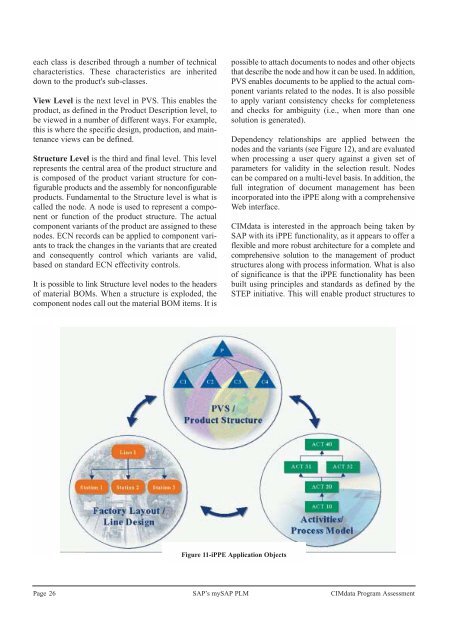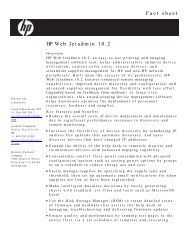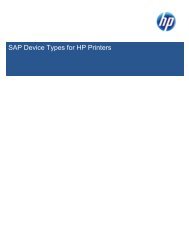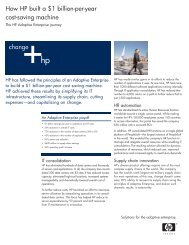CIMdata review on SAP's PLM cPDm program (PDF) - Large ...
CIMdata review on SAP's PLM cPDm program (PDF) - Large ...
CIMdata review on SAP's PLM cPDm program (PDF) - Large ...
Create successful ePaper yourself
Turn your PDF publications into a flip-book with our unique Google optimized e-Paper software.
each class is described through a number of technical<br />
characteristics. These characteristics are inherited<br />
down to the product's sub-classes.<br />
View Level is the next level in PVS. This enables the<br />
product, as defined in the Product Descripti<strong>on</strong> level, to<br />
be viewed in a number of different ways. For example,<br />
this is where the specific design, producti<strong>on</strong>, and maintenance<br />
views can be defined.<br />
Structure Level is the third and final level. This level<br />
represents the central area of the product structure and<br />
is composed of the product variant structure for c<strong>on</strong>figurable<br />
products and the assembly for n<strong>on</strong>c<strong>on</strong>figurable<br />
products. Fundamental to the Structure level is what is<br />
called the node. A node is used to represent a comp<strong>on</strong>ent<br />
or functi<strong>on</strong> of the product structure. The actual<br />
comp<strong>on</strong>ent variants of the product are assigned to these<br />
nodes. ECN records can be applied to comp<strong>on</strong>ent variants<br />
to track the changes in the variants that are created<br />
and c<strong>on</strong>sequently c<strong>on</strong>trol which variants are valid,<br />
based <strong>on</strong> standard ECN effectivity c<strong>on</strong>trols.<br />
It is possible to link Structure level nodes to the headers<br />
of material BOMs. When a structure is exploded, the<br />
comp<strong>on</strong>ent nodes call out the material BOM items. It is<br />
Page 26<br />
SAP’s mySAP <strong>PLM</strong><br />
possible to attach documents to nodes and other objects<br />
that describe the node and how it can be used. In additi<strong>on</strong>,<br />
PVS enables documents to be applied to the actual comp<strong>on</strong>ent<br />
variants related to the nodes. It is also possible<br />
to apply variant c<strong>on</strong>sistency checks for completeness<br />
and checks for ambiguity (i.e., when more than <strong>on</strong>e<br />
soluti<strong>on</strong> is generated).<br />
Dependency relati<strong>on</strong>ships are applied between the<br />
nodes and the variants (see Figure 12), and are evaluated<br />
when processing a user query against a given set of<br />
parameters for validity in the selecti<strong>on</strong> result. Nodes<br />
can be compared <strong>on</strong> a multi-level basis. In additi<strong>on</strong>, the<br />
full integrati<strong>on</strong> of document management has been<br />
incorporated into the iPPE al<strong>on</strong>g with a comprehensive<br />
Web interface.<br />
<str<strong>on</strong>g>CIMdata</str<strong>on</strong>g> is interested in the approach being taken by<br />
SAP with its iPPE functi<strong>on</strong>ality, as it appears to offer a<br />
flexible and more robust architecture for a complete and<br />
comprehensive soluti<strong>on</strong> to the management of product<br />
structures al<strong>on</strong>g with process informati<strong>on</strong>. What is also<br />
of significance is that the iPPE functi<strong>on</strong>ality has been<br />
built using principles and standards as defined by the<br />
STEP initiative. This will enable product structures to<br />
Figure 11-iPPE Applicati<strong>on</strong> Objects<br />
<str<strong>on</strong>g>CIMdata</str<strong>on</strong>g> Program Assessment
















